The factory was constructed with coquina (comprised of mollusk shell fragments and quartz sad bound together by calcium carbonate). The Spanish first used it in the 1500s when they arrived in Florida. A protective coating of white lime plaster covered the factory in the 1830s.
The sugar mill was comprised of three areas:
- Engine house where the boilers, steam engine, and cane crushers extracted the juice from the sugar cane
- Kettle train where the juice was heated in a series of kettles until it gradually thickened and ladled into cooling troughs
- Purgery where the crystallized sugar packed into barrels were stored to dry (for several weeks)
Slaves of the Cruger/dePeyster plantation cleared the land, raised the sugar cane crop, then cut and processed the cane each winter. Just 5 years after the sugar mill was built, the Seminoles, with the help of the plantation slaves, destroyed and burned the mill as well as other plantations in the area causing the owners to flee.
This is a dog-friendly site and our sweet doggie, Sadie, had as much fun as we did exploring the ruins.
“Low tech” sugar crane crushers are on display that were used before the industrial machinery was invented. The crushers were powered by manual power (slaves) or livestock. The extracted juice was then boiled in a large vat over a fire until it thickened and then crystallized.
A loop Nature Trail is also located near the ruins on the 17-acre site as well as bathrooms and picnic area.
This was just a quick afternoon visit, but we enjoyed seeing the ruins and learning some of the history of the area.
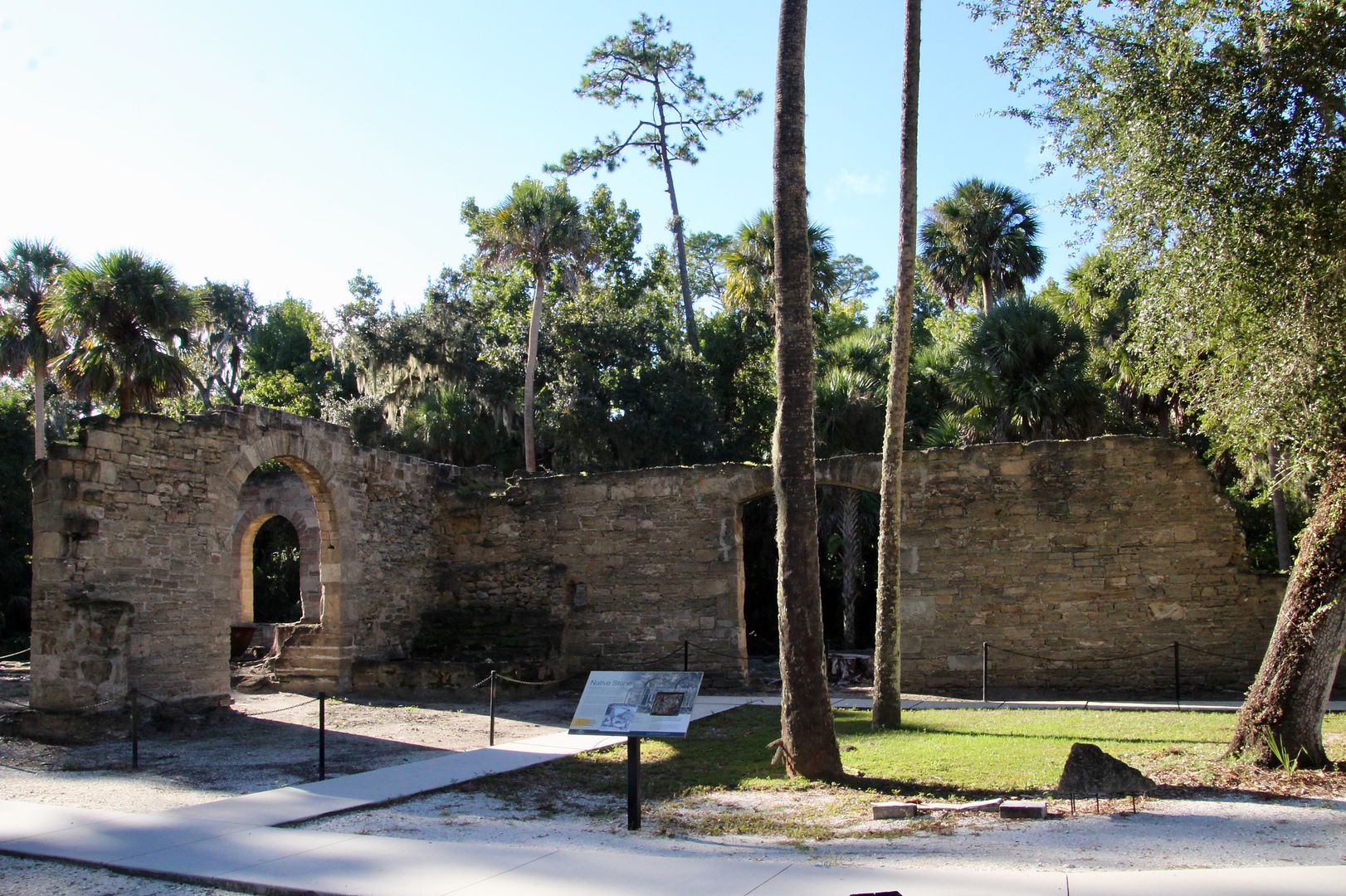

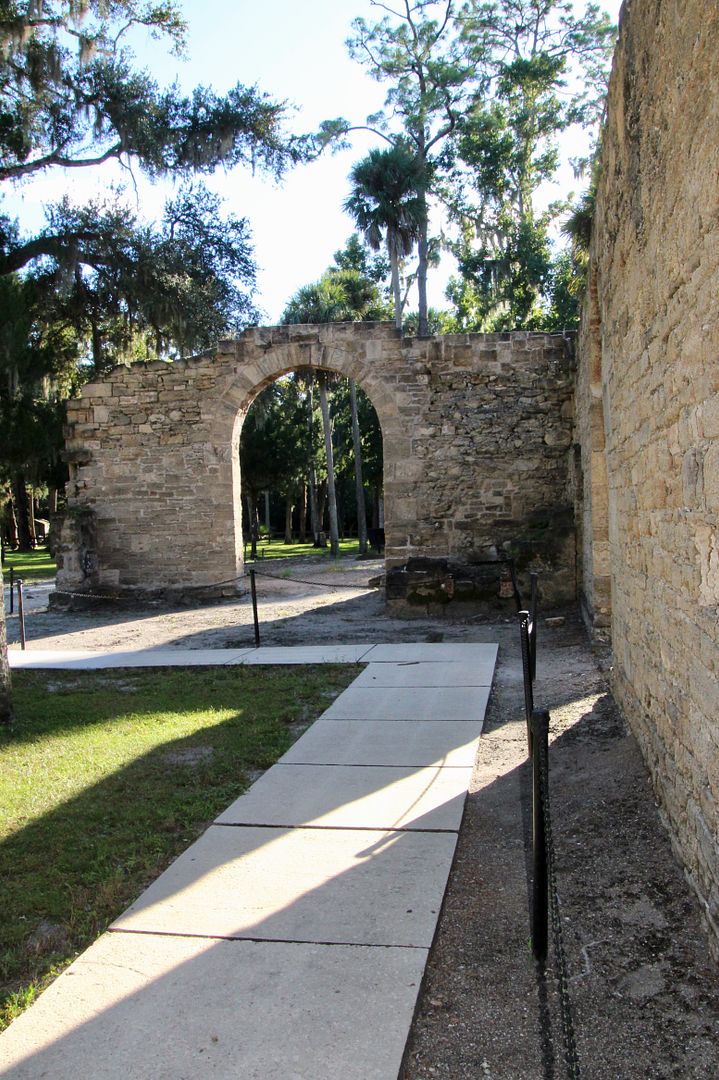
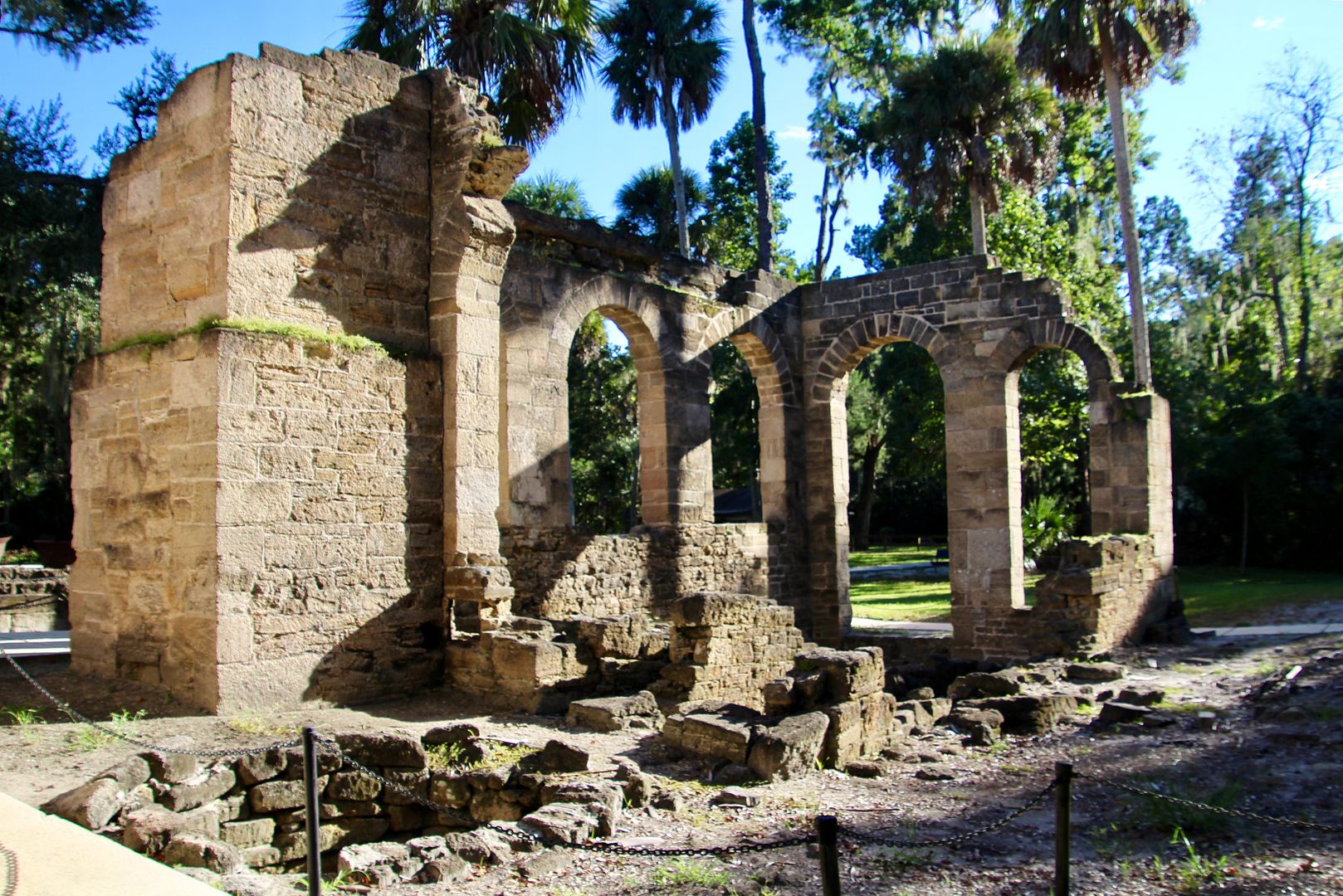
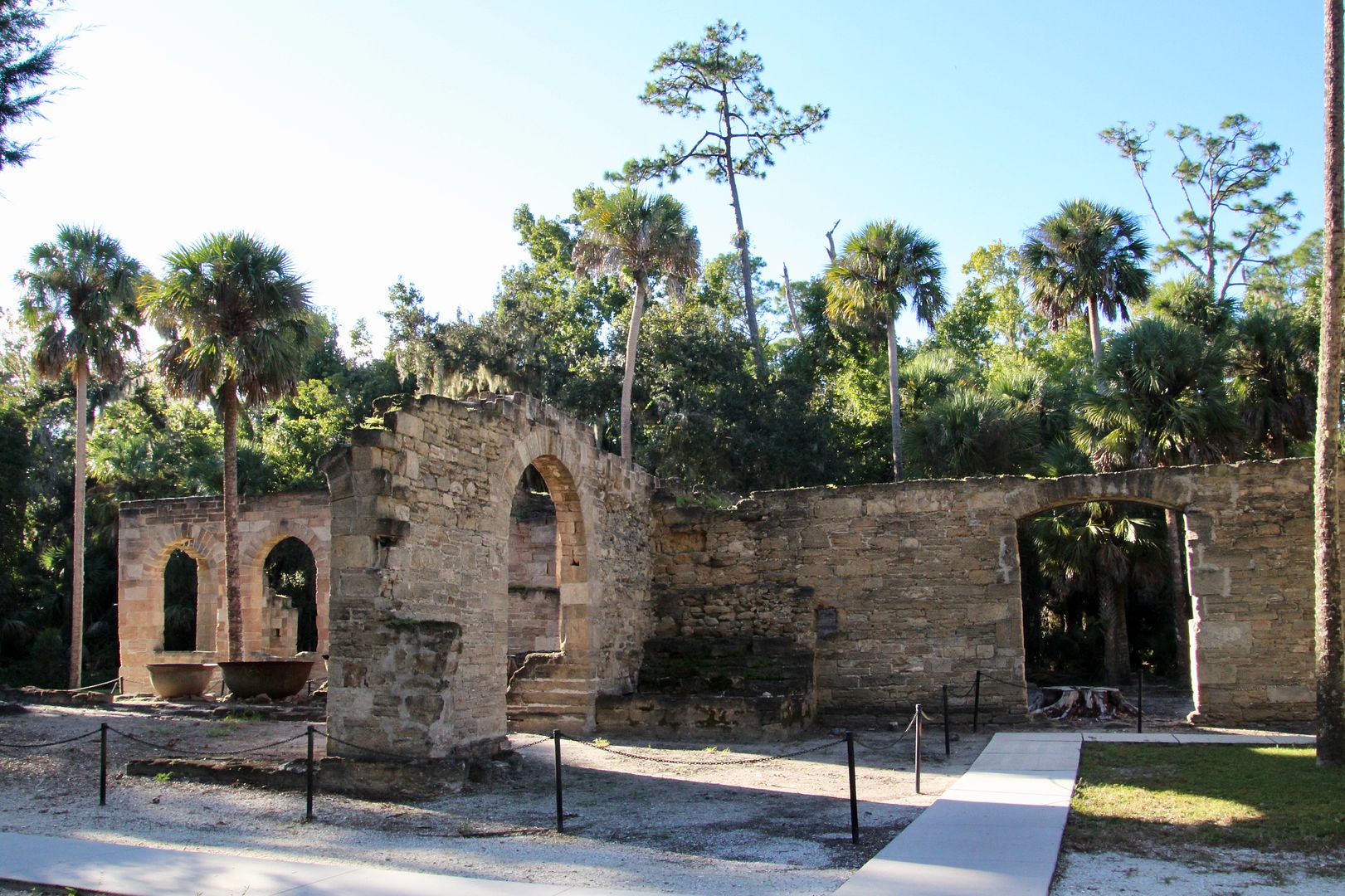
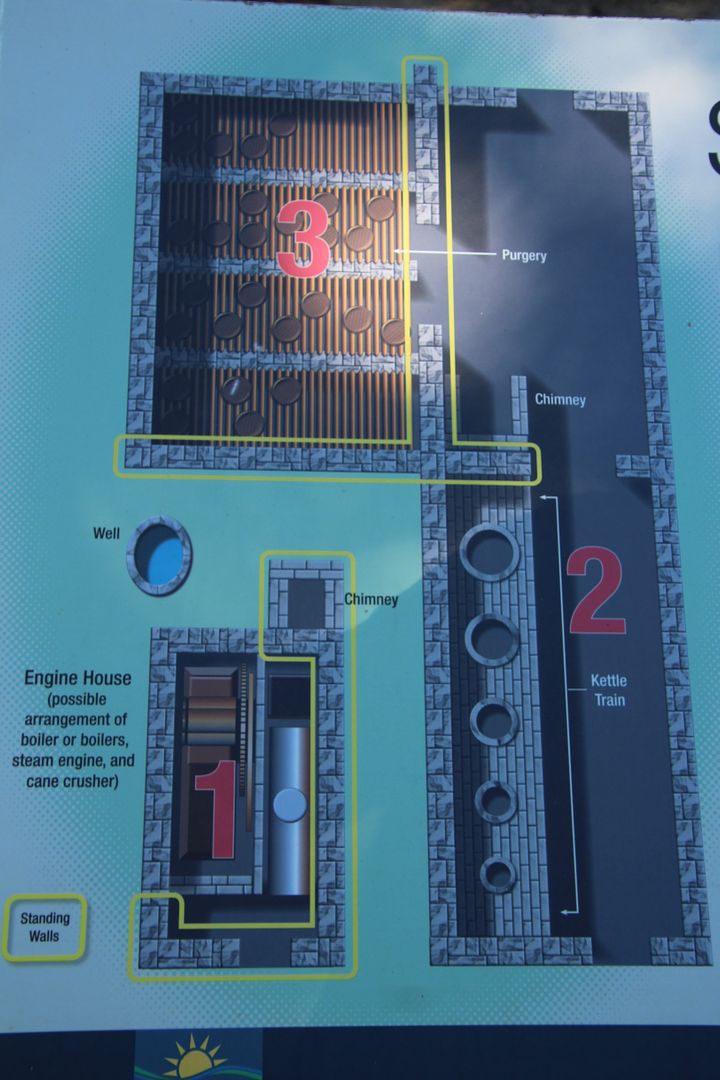
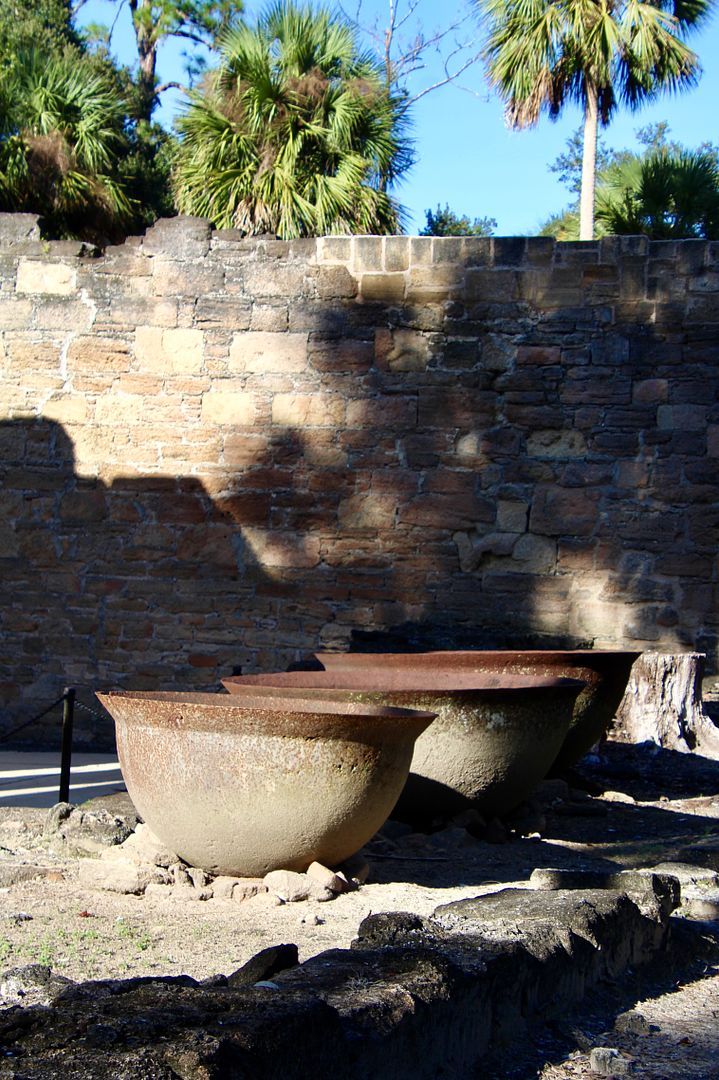
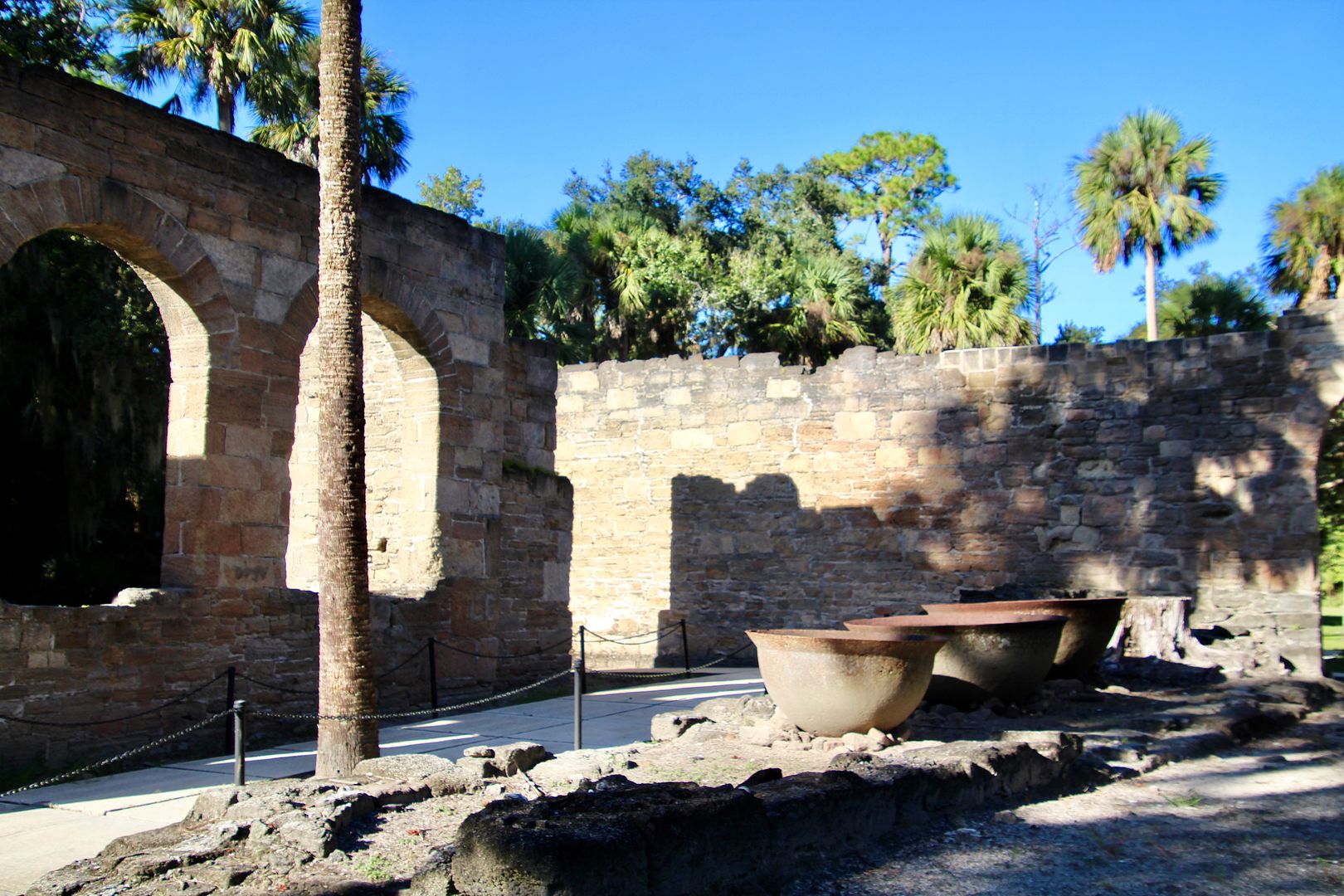
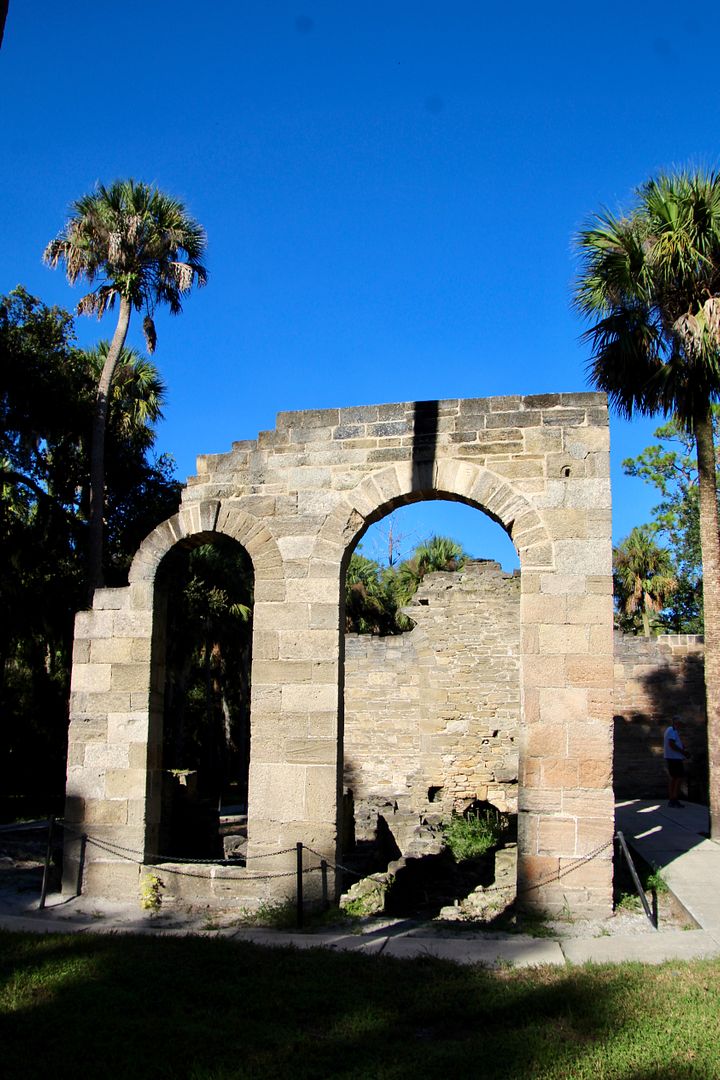
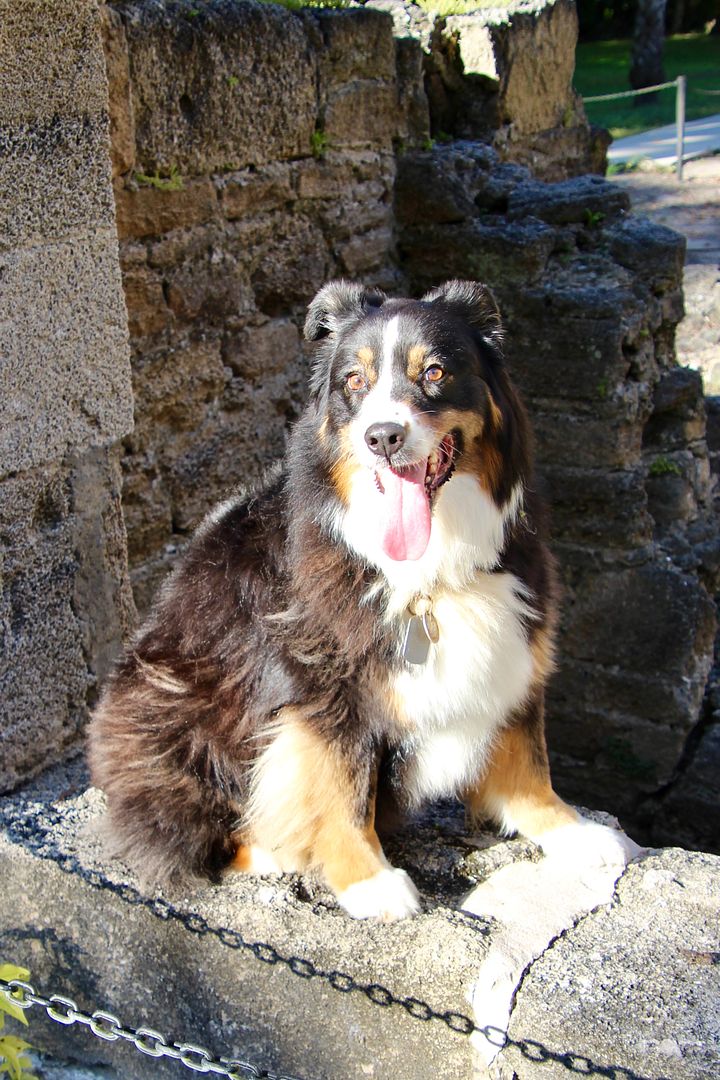
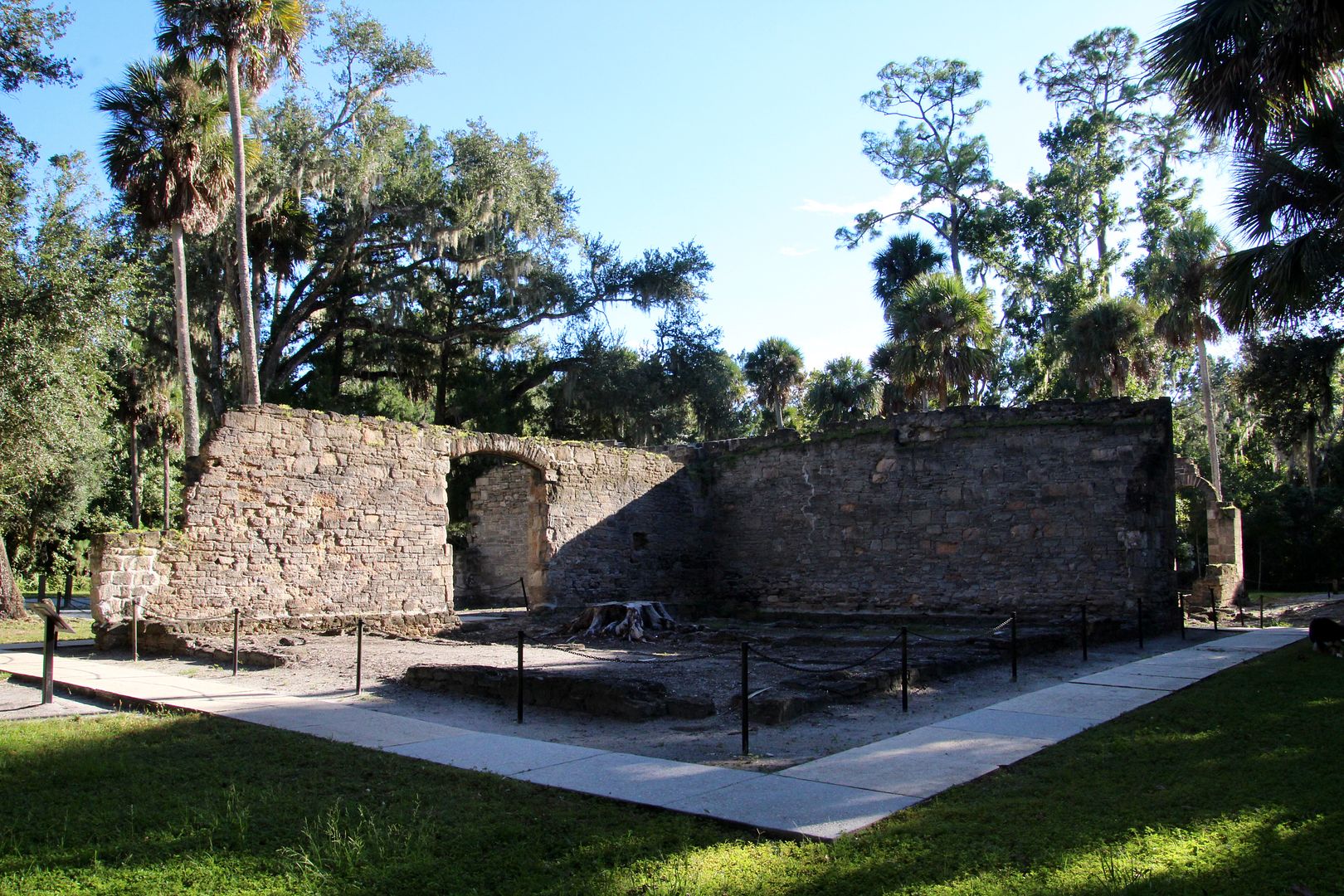
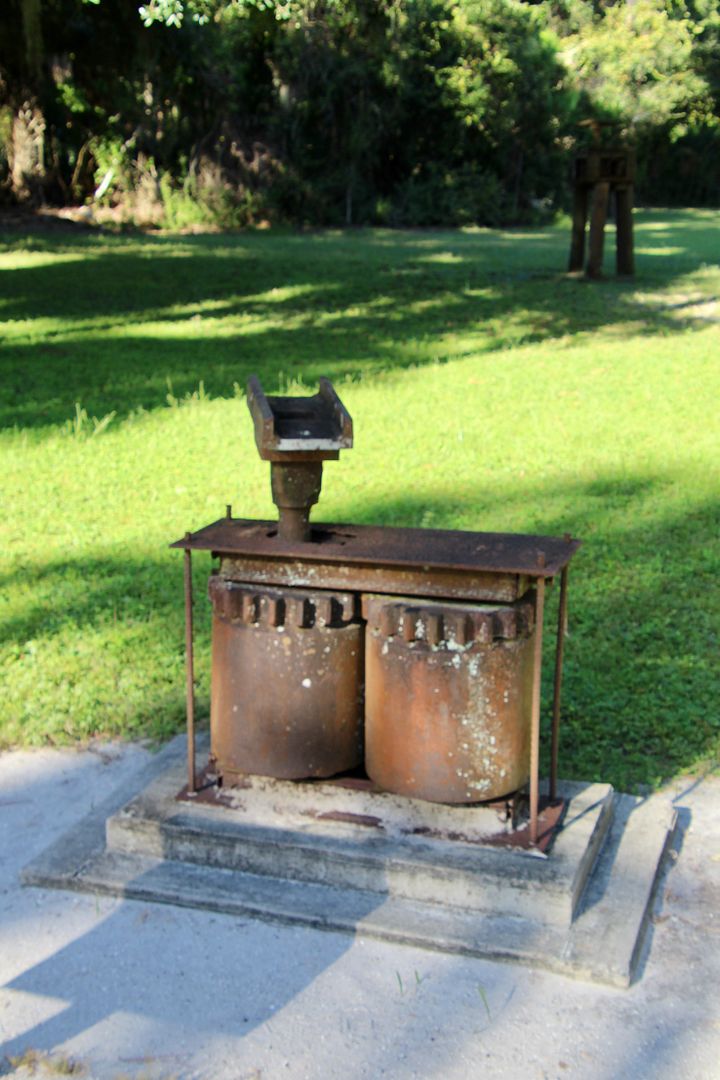
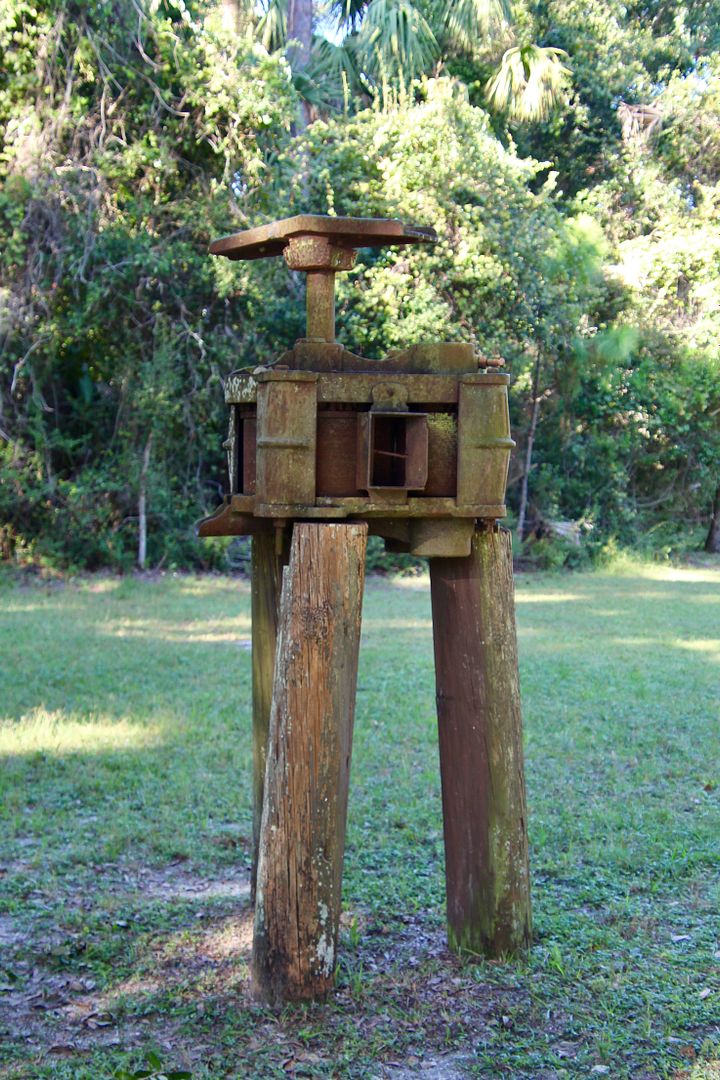
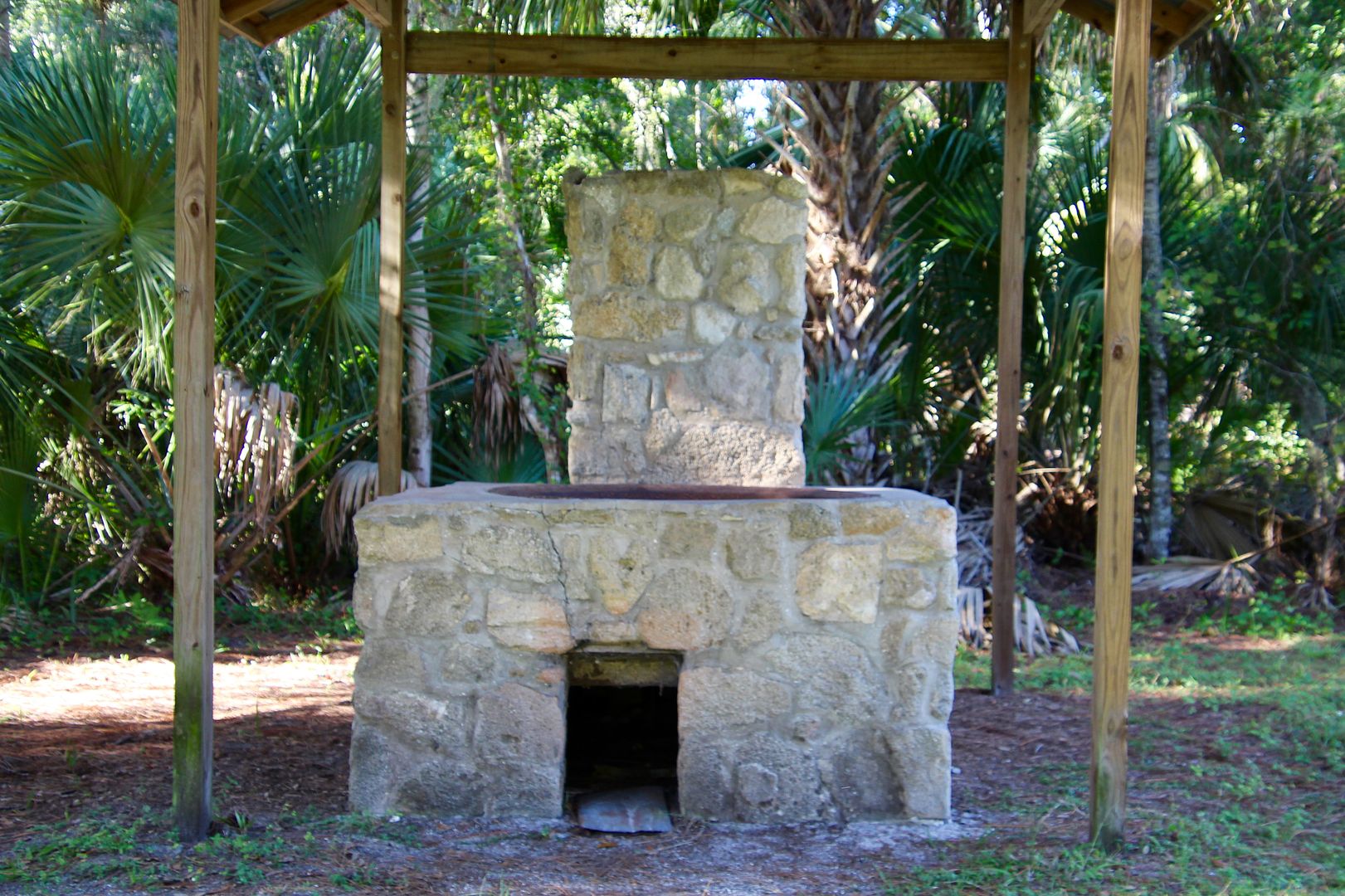
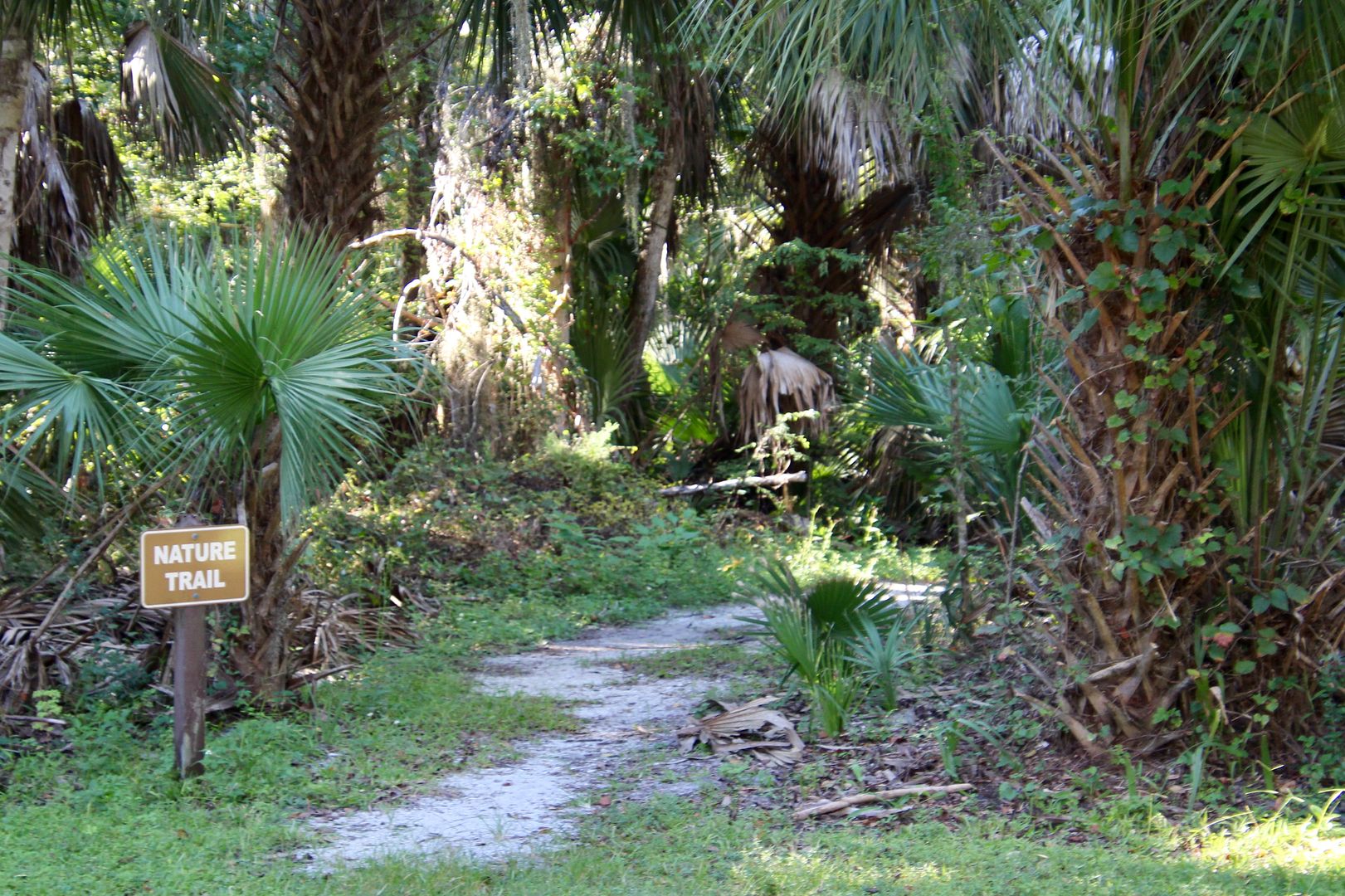
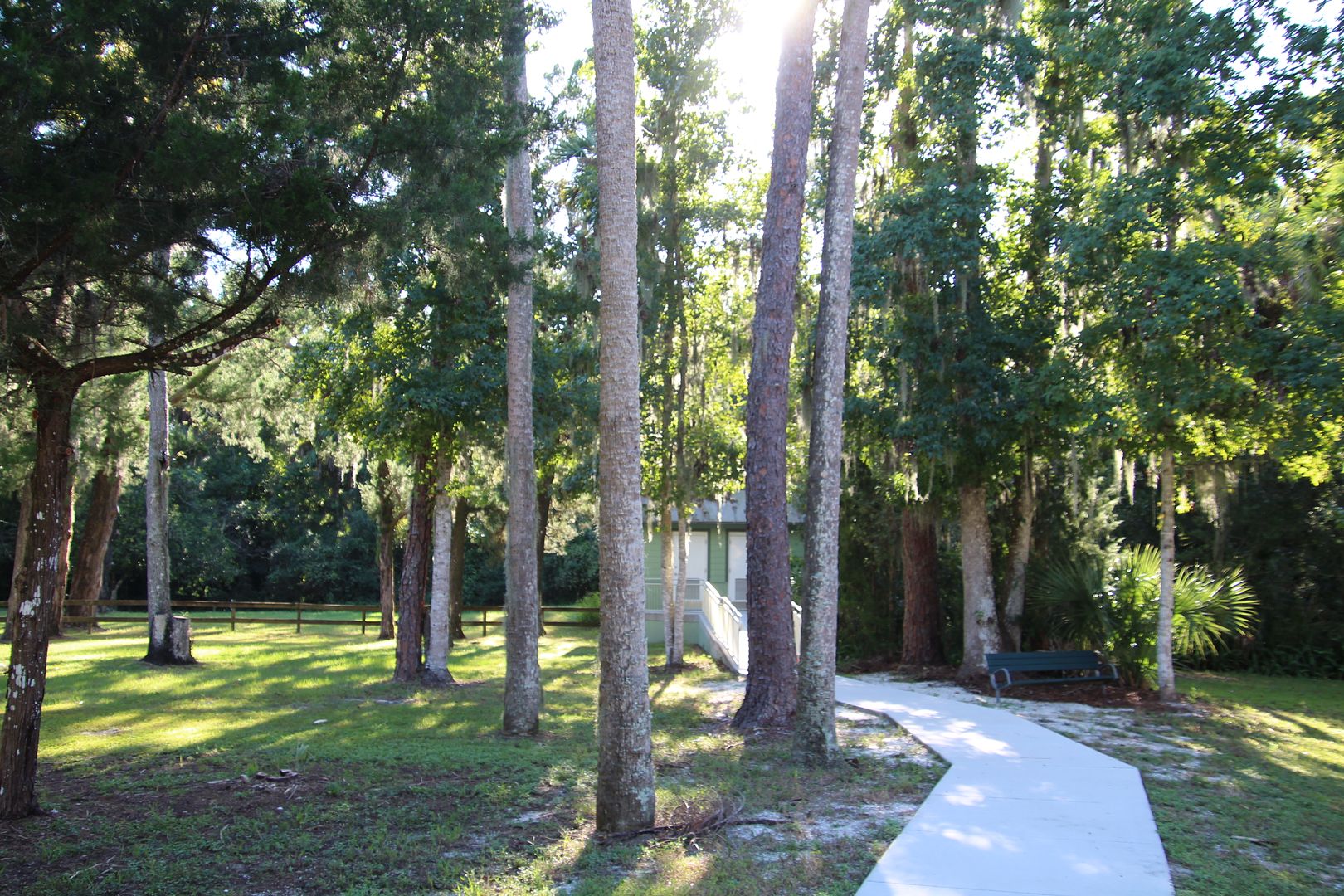
No comments:
Post a Comment